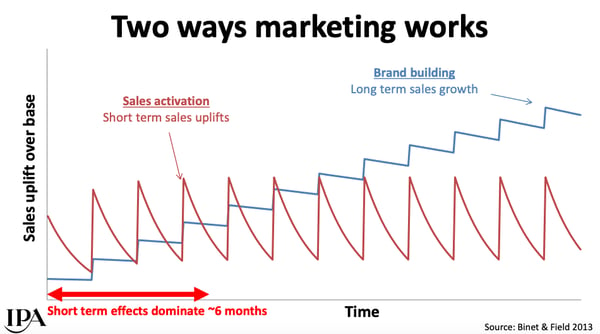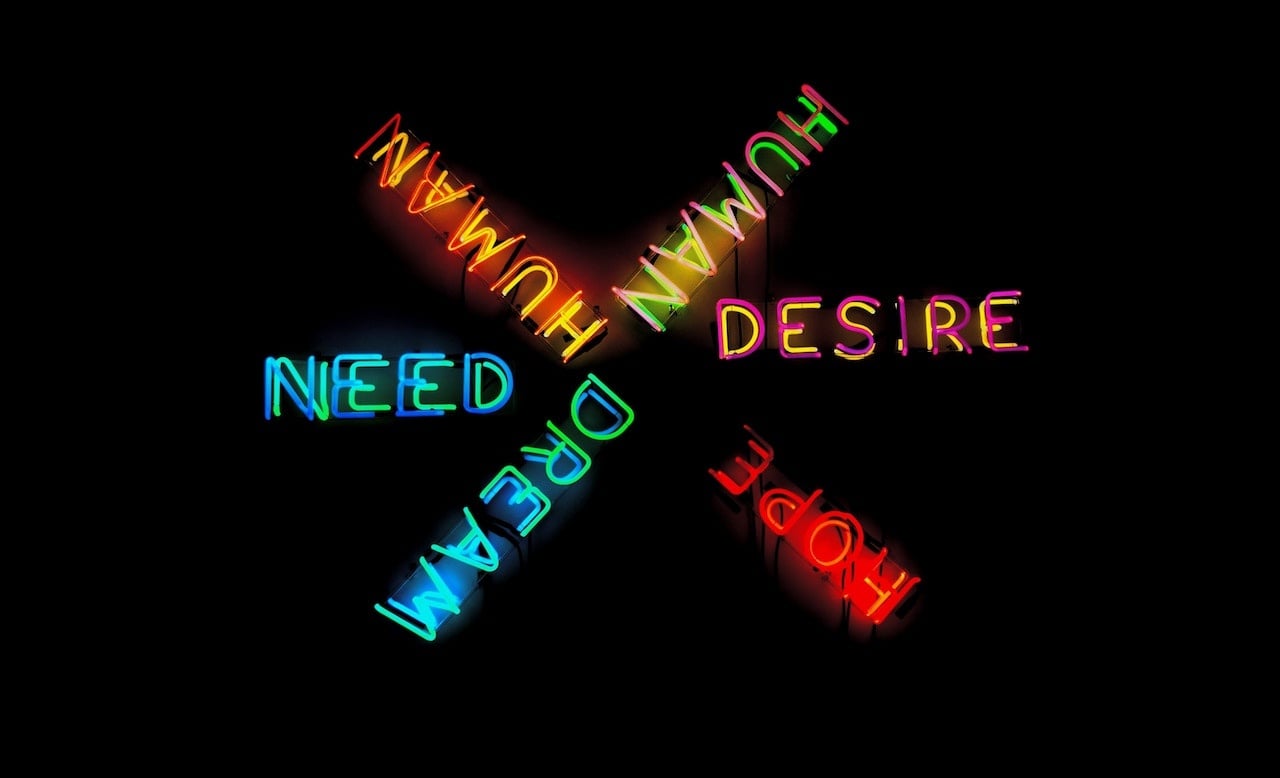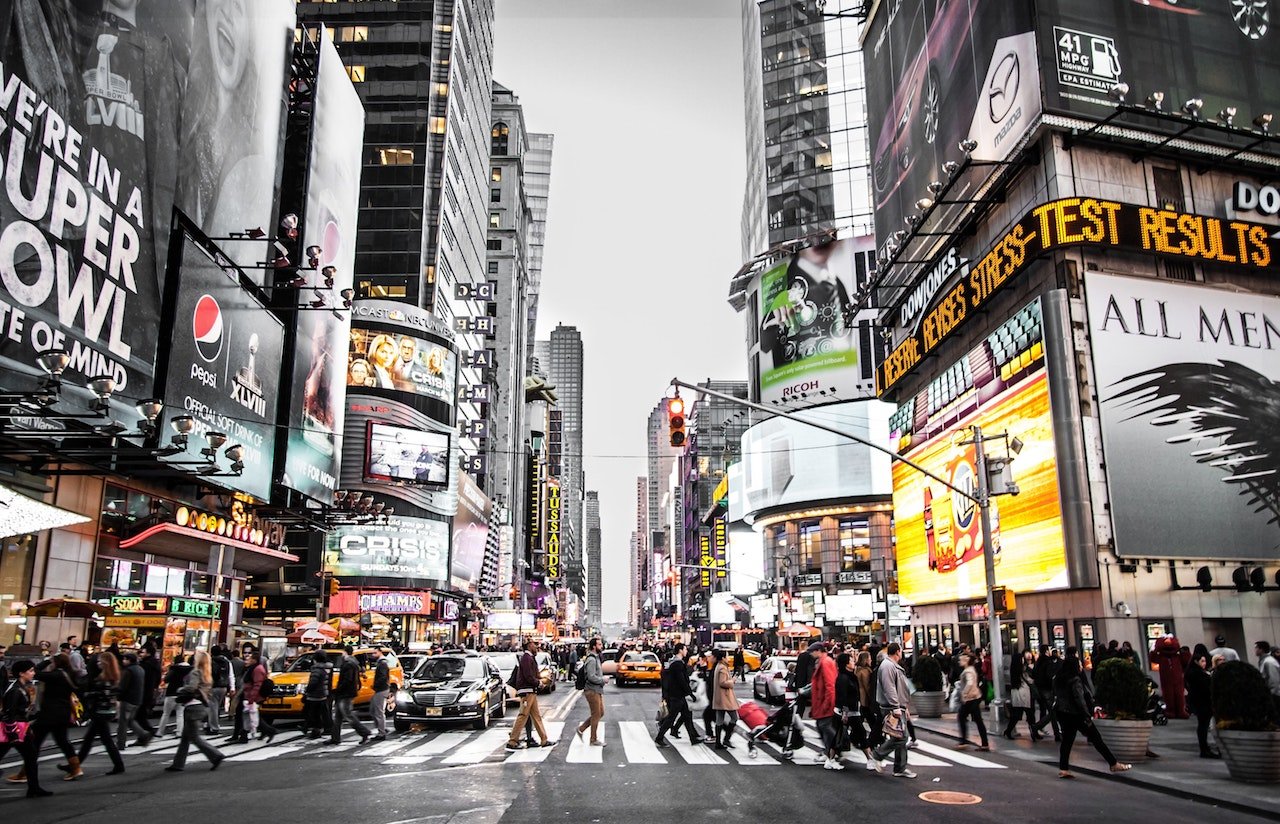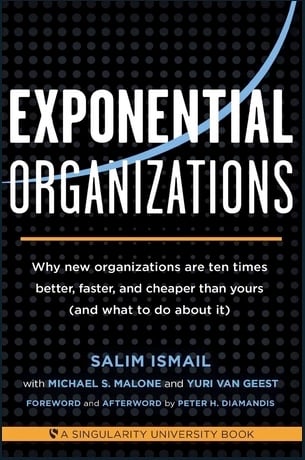UPDATED: As of 23 February 2023
Are you even really running a business if you don’t know what it’s like to fight for recognition in today’s market? Getting attention is one thing. Being unforgettable is another.
Pay attention to the first brand in your head in a particular situation. Chances are, it’s one with higher brand salience than the rest of its competitors. The good news is you can have that for your brand, too.
A quick ChatGPT conversation will say brand salience is about awareness, consistency, repetition, relevance, differentiation, emotional connection, and user experience. If you’re a challenger business, AI will mainly tell you that you just have to strive for awareness and consistency. But what does that even mean? And how can you begin to incorporate those elements into your long-term and short-term goals?
It’s no lie — AI does have a pretty good grasp on ‘what’ you need to be more brand salient. But if you’re looking to get your hands dirty with the ‘hows’ and more importantly, get results, you’ve come to the right place.
Insight: Brands constantly fight for recognition and cite brand awareness as their top goal. But in the fight for differentiation, working on brand salience should be another priority.
Data: 89% of B2B marketers say brand awareness is the most important goal, followed by sales and lead generation. (Content Marketing Institution)
What’s the step change: Don’t miss out on the impact of brand salience. Learn what drives brand salience and use that to be top of mind to your target audience in critical purchase moments.
Watch: Let Step Change CEO Ashton Bishop walk you through everything you need to know about brand salience.
What is brand saliency?
First of all — what is brand salience? And how does it impact how well your brand is seen by the world?
| Brand salience is the degree by which your brand is thought of or noticed by consumers when they make a purchase decision. |
Typically, strong brands have higher brand salience, whereas weak brands have little to none. Without brand salience, people would find it difficult to choose your brand in micro-moments or during purchasing.
Basically, brand salience can be achieved in two ways: through memory and attention.
|
When consumers make a buying decision, their choices can be disrupted through these cues. Brands should, therefore, find ways to promote solid memory structures to improve brand salience.
How can brands become more salient?
The most common way to achieve brand salience is by making use of distinctive brand assets that promote attention or create positive memories of a brand in their audience.
By coming up with ways to develop different memory connections to a buyer’s mind, it becomes easier for brands to become top of mind in instances where it matters the most.
Top brands often do this through positive storytelling or by creating meaning for a brand. Promoting a brand’s values and differentiating itself from everyone else is also key to brand salience.
So how do you put that all together? Here are five actionable ways to increase brand salience.
1. Look for emotional impact and effective frequency
Most people would advise you against combining emotions and business. But in this case, a study by Harvard Business Review found that brands that establish strong emotional connections with customers outperform competitors by a factor of 2 to 1 in terms of revenue growth. They also report that customers who connect emotionally with a brand have a 3x higher lifetime value.
So when creating your content — does it stand out from everyone else? Are your design assets distinctly yours? And are you using emotive storytelling to create distinctive and memorable assets?
Humans make emotional decisions and use rational justifications. If you want action, then connect to emotion. Understanding your customers will help you identify the messaging with the appropriate emotional triggers. Expose your customers to that frequently and you’re off to a good start.
2. Be bold and authentic
AI can go on and on about differentiation, but don’t forget to add distinctiveness into the mix. These two are fought from the currency of saliency, so you need to be bold and authentic.
90% of consumers say that authenticity plays a significant role when deciding which brands they like and support. Memory can be correlated to external cues that people see, hear, or feel. Your ads and brand assets should reflect this. No matter where you look today, the brands that are authentic to who they are and their beliefs, and dare to be different are often more successful.
To cut through the noise and nonsense and get your purpose, empowering beliefs, ambition, key metrics, and playing field right on a page — take Lockstep Baseline and get your strategic roadmap in three minutes!
3. Find new ways to reach other potential buyers
Today, we see the development and rise of new channels to reach audiences from across the globe. This also means new and better ways to reach out and create memory structures with your customers every day.
Be creative and try new methods of communication that help you become more relevant to your target audience. Depending on the industry, sector, or niche you move in — there is value in exploring podcasts, getting creative with your email marketing, using video storytelling, and having the courage to experiment with new technology.
If it means getting closer to where your customers are, that is where you ought to be.
4. Bravery is still the biggest differentiator
If you want to make your marketing more effective, you must be brave. Studies show that creative messages get more attention and lead to positive attitudes about your offering. So if you plan on going conservative, then prepare to perform less than those that tried something new and went beyond the usual.
You don’t have to jump the gun without thinking things through. If being controversial and confrontational is off-brand, then most likely it’s off the table. However, you can be imaginative and challenging, humorous, or sentimental. Bottomline is, humans, resonate with creativity, ideas, and stories. If want to be distinct from everyone else, you shouldn’t be afraid to take the risk of being more creative in your approach.
Here is your guide to distinctive and differentiated brands. Read on to discover how distinctive elements can communicate the brand easily and help consumers to identify the brand. If you want to create and reinforce these memory structures, you must be different and distinct.
5. Take the 60/40 rule on marketing effectiveness to the next level
Les Binet and Peter Field, best known for their report on Marketing Effectiveness in the Digital Era, purported the 60/40 rule on brand building and activation marketing. It says that you need to find the optimum balance between both to win.

According to them, the strategic backbone of effectiveness lies in identifying your target, your position, and being clear on your objectives. It comes from striking a balance between what is done for the long term versus the short term for brands.
| Binet and Field recommended that 60% should be focused on brand building and 40% on sales activation, which may differ according to the type of brands and their unique situations. For premium brands, brand-building needs to get amplified to 65%. |
The context constantly changes for different brands, which should influence their approach to effectiveness while considering how people choose the products and services they buy, brand pricing, innovation, category, and brand development.
Binet and Field recommend that as brands reach their sixth month, brand-building must take over sales activation as the latter isn’t too memorable.
Brand-building is needed to sustain the price, and both must work together to find balance. With over 500 digital era for-profit case studies on effectiveness, brands need to look into how they can use both in their marketing strategy.
Tying It Together
With so many brands fighting for differentiation, it’s not enough to stick to the top of the awareness iceberg and call it a day. It is time for brands to step up their game and explore how to achieve saliency using multiple marketing factors. As brands grow, a clearer focus should be on how they can be “good across all” versus “perfect in any.”
But by combining salience, emotions, meaning, distinctiveness, differentiation, creativity and memory, brands are far better able to permanently link themselves to their audience’s memory structures so they are remembered as the first choice in critical purchase moments.
Tired of misspent marketing budgets that don’t impact sales? Achieve brand saliency and get your sales and marketing to work in sync with the Marketing Measure Up test!

















